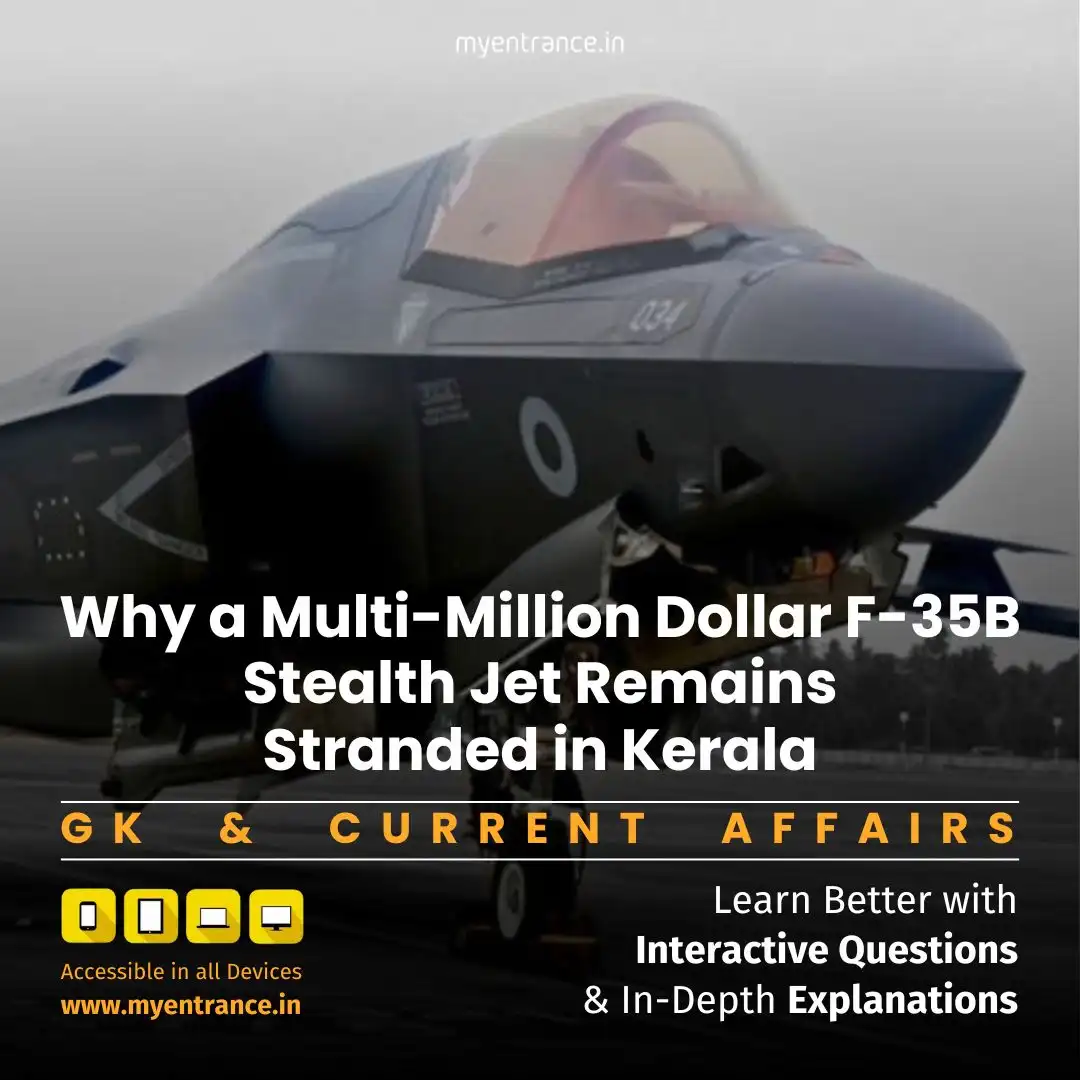Select Language
The Science Behind Aircraft Black Boxes: How They Ensure Flight Safety
Aircraft black boxes are essential for air crash investigations, storing critical flight data and cockpit communications. Though called “black boxes,” they are actually bright orange to aid recovery after accidents.
How Does a Black Box Work?
What is a Black Box?
A black box is a flight recorder that stores:
Flight Data (speed, altitude, engine performance, etc.)
Cockpit Voices (pilot conversations, radio communications, and ambient sounds)
Designed to survive extreme conditions, it is built to withstand:
High-impact crashes (up to 3,400 Gs)
Fire (1,100°C for an hour)
Deep-sea pressure (up to 20,000 feet underwater)
Why is it Called a Black Box if It’s Orange?
The term “black box” dates back to the 1930s when early recorders used light-tight boxes with photographic film.
Modern recorders are orange for high visibility in wreckage.
Evolution of Flight Recorders
1930s: François Hussenot developed the first flight recorder using photographic film.
Magnetic Tape Era (1950s-1990s): Recorded data on magnetic tapes but had moving parts prone to damage.
Solid-State Recorders (Today): Use memory chips for higher durability and storage (up to 3,500 parameters in modern aircraft like the A350).
Future Innovations in Flight Recording
1. Data Streaming via Satellite
Airlines are testing real-time data transmission to avoid losing black boxes in deep waters.
Challenges include bandwidth limitations and data security.
2. Automatic Deployable Flight Recorders
Installed in the tail section, these eject upon crash detection.
Equipped with floating mechanisms and emergency beacons for quick recovery.
3. Autonomous Distress Tracking (ADT)
Airbus’s new Emergency Locator Transmitter (ELT) ensures real-time tracking during emergencies.
4. Combined Voice & Data Recorders
New ICAO regulations require 25 hours of cockpit voice recording (up from 2 hours).
Airbus A320 and long-range aircraft now use combined recorders (CVDRs).
Do Helicopters Have Black Boxes?
Yes! Helicopters use a single combined recorder tracking 800–1,200 flight parameters.
Heavy helicopters (>3,175 kg) must withstand 1,100°C for an hour, while lighter models last 15 minutes.
Why Are Black Boxes Crucial for Aviation Safety?
Accident Investigation: Helps determine crash causes.
Safety Improvements: Data leads to better aircraft designs and pilot training.
Regulatory Compliance: Mandatory under ICAO and FAA regulations.
Sample Questions & Answers
1. Why is the black box orange instead of black?
The bright orange color makes it easier to locate in wreckage, though the term “black box” originated from early light-tight designs.
2. How long can a black box survive underwater?
Modern black boxes can withstand depths of 20,000 feet and emit signals for 30 days.
3. What’s the difference between FDR and CVR?
FDR (Flight Data Recorder): Logs flight parameters.
CVR (Cockpit Voice Recorder): Records pilot conversations and cockpit sounds.
4. Can black boxes be destroyed?
While extremely durable, intense fires or prolonged deep-sea pressure can damage them.
5. Are there alternatives to traditional black boxes?
Yes! Innovations like data streaming, deployable recorders, and satellite tracking are being tested.
Most Predicted Questions
Comprehensive study materials, Expert-guided tips & tricks, Mock tests and instant results.
Start your SSC, NIFT, NID, FDDI, PSC journey today with MyEntrance, your ultimate online coaching platform.








